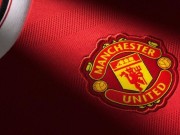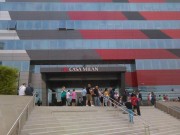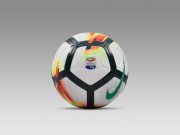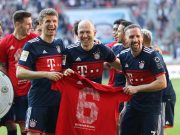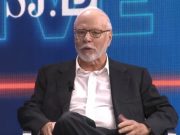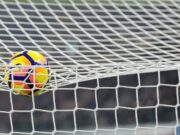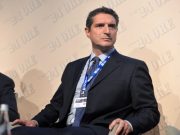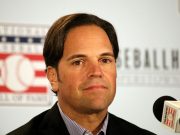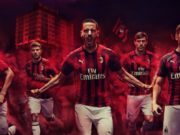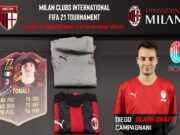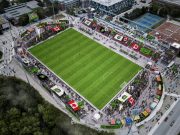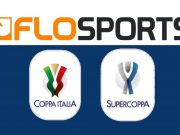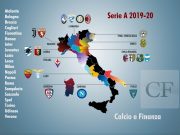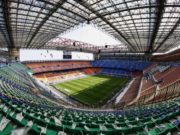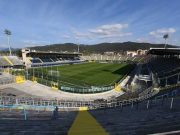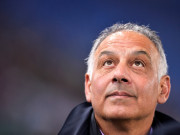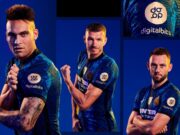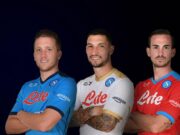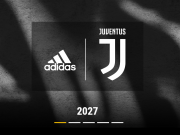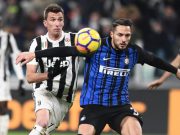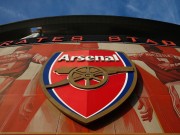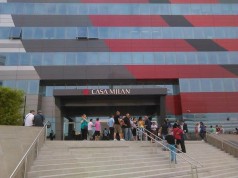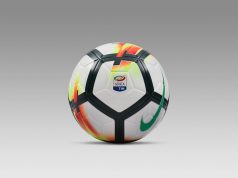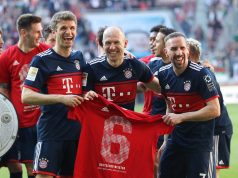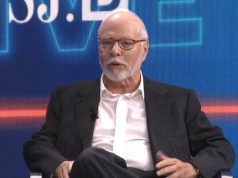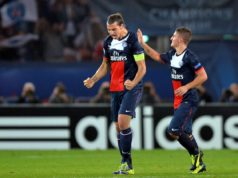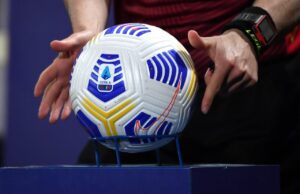Today, in the modern era of football, business, management and strategy are an essential part of the game. But this has not always been the norm.
The implementation of business management principles in the game is recent, and one of the pioneers has certainly been Ferran Soriano, current CEO of City Football Group (holding owned by the Abu Dhabi ruling family in charge of managing Manchester City FC and its “twin” clubs), as well as the man who made FC Barcelona’s fortune.

The analysis focuses on Soriano’s career in order to understand how he has been able to bring different clubs (by nature, principles and history) to success.
Who is Ferran Soriano? Which principles distinguish his model?
Ferran Soriano’s rise began in 2003, when FC Barcelona socios appointed Joan Laporta as new president. The Catalan lawyer won the election thanks to a marvellous campaign surrounded by a well-respected ticket including Catalan entrepreneurs and managers like Sandro Rosell and the 36-year old Ferran Soriano.
Soriano was already well known for his remarkable experience as strategy consultant and marketing executive in industries now essential in the business of football such as retail, consumer goods, entertainment, media, and telco. His profile highlights that he is an expert who deeply understands not only the three basic revenue dynamics as well as how to draw an effective strategy to create profits, partnerships, and clients.
His team was made of expert managers, sharing Soriano’s business experiences both professionally and educationally (ESADE business school), ready to lead the key areas of club organisation:
- The Marketing area was led by Marc Ingla, Soriano’s former partner in Cluster (now executive director of Lille OSC) and Esteve Calzada, the former Unilever and Reckitt Benckiser (Senior Advisor for Man City FC);
- The Sponsorship area was led by Omar Berrada, the former project manager of telco Italian company Tiscali (current COO of Man City FC);
- The Finance area was led by Francisco López, the former Citigroup (current Business Director of City Football Group subsidiary City Football Service);
- The Sport area was led by Txiki Begiristain, the former FC Barcelona player (current Director of Football of Man City FC).
Soriano’s blueprint basic principle is to see the club as a global entertainment company and rule applying business strategies. Entertainment (on and off the pitch) is the product and “fair” winning, it is the only thing to measure success. The appointment of expert managers in key areas of the club is pivotal.

However, business is not the only thing that matters. Soriano also cares about company culture and fans, not for commercial purposes, but because football is a social and cultural phenomenon and for Catalan people it is part of their identity.
How has Soriano changed FC Barcelona?
Analysing how Soriano implemented its model and leading Barçelona to be one of the top dogs in Europe and in the Deloitte Football Money League (from 13th to 2nd place) it is useful to understand how vision has been pioneering in modern football.
Paradoxically (considering his current role), Ferran Soriano, as he admitted in his book, has been inspired by Manchester United and its management of brand, commercial, and sporting areas. During his tenure at FC Barcelona, Alex Ferguson’s side was ruling both on and off the pitch.
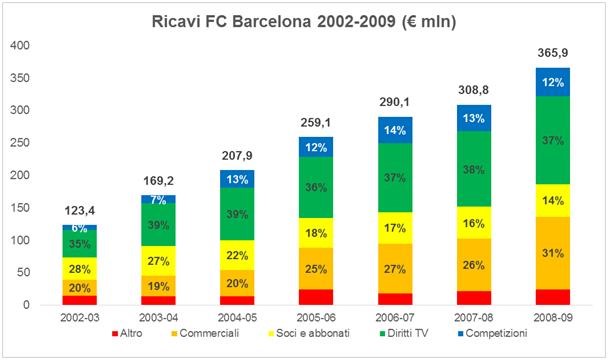
However, the Catalan executive gained credit among the football experts for the capacity of customising his blueprint based on the context, without losing the vision and the contact with Catalonia.
Before Laporta’s election, Barcelona was a club rich of tradition but in a period poor of results. Since its foundation and until 2002, Catalonia’s pride had won 16 Liga, 4 UEFA Cup Winners’ Cup, 24 Copa del Rey, and only one historic UEFA Champions League defeating Vialli and Mancini’s UC Sampdoria.
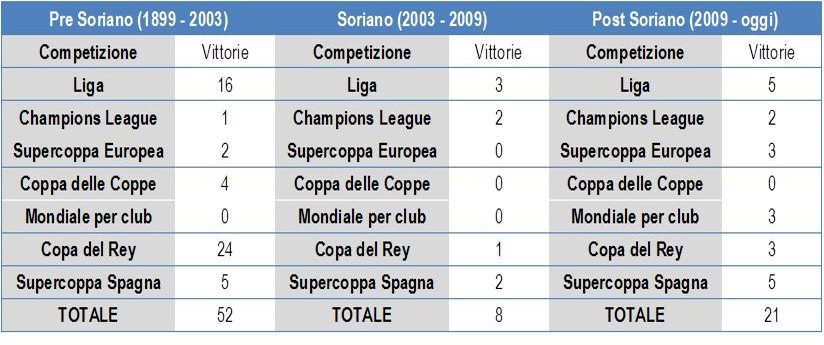
The last Liga won by FC Barcelona was in 1998/99 with Van Gaal and a young José Mourinho on the bench and a bulk of stars on the pitch like the coach Pep Guardiola. In the same year, the blaugrana left the UCL at the group stage: in that edition of the UEFA Champions League, Manchester United won the trophy collecting double of Barcelona’s revenues.

The new Board of Directors led by Laporta was established on March 16th, 2003. The football market trend was near its boom and FC Barcelona was not ready to exploit it. The Blaugrana side was threatened to be downsized to a middle-class club able to win just within the Spanish borders discontinuously. The 2002/03 financial report’s figures were:
- Revenues: € 123,4 mln vs € 251,2 of Man United, € 218,8 of Juventus FC, € 200,4 of AC Milan and € 193,7 of Real Madrid CF;
- Expenses: € 149,4 mln of operating expenses of which € 88,3 mln for players’ wages, leading to a negative EBIT (equal to € -74,3 mln);
- Debts: € 186 mln equal to 151% of revenues;
- Average attendance: a decreasing number of spectators were going to Camp Nou.
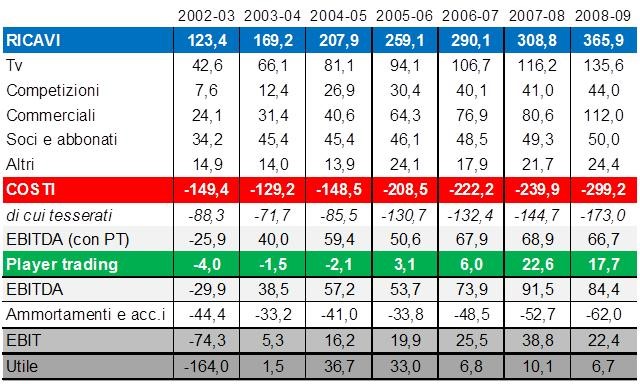
Since Laporta’s settlement, income skyrocketed organically, thanks to an effective strategy decided and implemented by Soriano and his team:
- Broadcast: Barça exploited the new agreement between Liga de Fútbol Profesional (LFP) and broadcasters (starting from 2003/04), the stable qualification to the UCL and the ability to take advantage from Barça TV (pushed to 40,000 subscribers from 10,000 in just one year according to the Barcelona annual report) used to broadcast exclusive content and to give global exposure to Barça’s brand. All these initiatives brought broadcasting revenues from € 66,1 mln in 2003/04 to € 135,6 mln in 2008/09 (+105%);
- Commercial: Barça managed to increase the stream to 257% during the period analysed. All the credit goes to the management able to create a global brand, not just for the fans, but more significantly for sponsors and commercial partners. Soriano’s team worked to rationalize and optimize the number and value of sponsors. Day after day, Barça focused on a few valuable partnerships with global and Spanish companies like Coca Cola, Telefonica, La Caixa, bwin, Endesa, Toyota, Hitachi, Vueling, Audi, and above all Nike for selling merchandising. In 2005, the blaugrana jerseys were top selling in Japan.
These results were remarkable if we take into account that Barça, strategically, sacrificed its main jersey sponsor not making an agreement with any other company except Unicef in order to enhance the clean club image.
Moreover, over the years, FC Barcelona’s marketing area created a number of initiatives to boost Barça’s popularity and involve fans, both Catalan and international. The brand went global affecting the number and value of international friendlies and tours (+254%);
- Matchday: this stream represent the true masterpiece of Soriano stint. This cannot be measured only by financial figures (just +10% in the period analysed) because its long-term effect still bares its fruits.
The Camp Nou was promoted as a theme park and the blaugrana home for every fan around the world. The number of socios grew +36% and the average attendance for live matches was over 65,000 people thanks to:
- The creation of the Oficina de Atención al Barcelonista with customised services for socios;
- The “Seient lliure” (“Free seat”) initiative, able to free up the seats reserved to season ticket holders when these people could not go to the stadium;
- Low ticket prices for fans to boost attendance;
- The exploitation of the Camp Nou museum (entrance ticket revenue +211% in the period with 18 mln guest in 2008/09);
- The promotion of the Camp Nou as part of the Barcelona attractions and the partnership with tour operators.

The initiatives to maximize revenues turned the club around because Barça was able to register profits (after a bad loss in 2002/03) and spread the brand globally (més que un club). Profits were reality also thanks to a strict cost control, which led to the cut on operating expenses (also in order to balance the “golden ratio” players’ wages/revenue) and debts, without draining the squad talent and quality.
This was possible also thanks to a first-class recruitment not only in the management area but also in the squad: Guardiola succeeded Rijkaard because he was considered more “aligned” with the blaugrana corporate culture.

These actions put positive and cooperative values forward, sidelining personal interests, for the sake of the team: in this way, stars (considered self-centered) like Ronaldinho and Eto’o integrated with homemade talent like Messi, Xavi and Iniesta, creating a perfect balance to gain trophies.

The credit for this special recipe goes to “the place” for all Barça aficionados: La Masia. The academy contributes to the sustainability of the model being the “school” where to teach the culture to every Barcelonistas. Big investments in the academy (facilities, as well as coaches and scouts) are like R&D for companies. These investments allowed Barcelona to have first-class stars for the squad, reducing the expenses on the transfer market. If young players are not considered ready for the main roster, they become revenues being traded.

Soriano closed the blaugrana stint winning 3 Liga, 2 UCL, 1 Copa del Rey, and 2 Spanish Super Cup in just 5 years. Anyway, the foundation built was maintained and grew up: his heritage is still alive.

Soriano’s touch on Man City
Man City’s exponential growth cannot be explained only by Sheikh Mansour’s money injection. Money does not buy success. In Man City’s case, Ferran Soriano’s vision and experience helped focus the large amount of money available with the right initiatives, giving Man City the opportunity to compete against the best clubs.
Ferran Soriano has been appointed as CEO of City (September 2012) when Sheikh Mansour fired Gary Cook, the man famous to be one of the top contributor in the creation of all-time Nike brand Jordan.
The former blaugrana executive found a favourable field for his experience because Man City had just built a roster full of stars requested by the Italian coach Mancini and a top-quality managerial structure.
Prior to Soriano’s arrival, Sheikh Mansour’s Abu Dhabi United Group (who bought the club in September 2008 for £ 210 mln) suffered serious losses (-£ 509,2 mln is the amount cumulated between 2008/09 and 2011/12), despite an outstanding turnover growth, from £ 87 mln to £ 231,1 mln (166%).

Unfortunately for the sky blue accounts, Sheikh Mansour invested a lot to bring the club immediately to the top on and off the pitch (for example, Robinho was purchased for € 42 mln, after chasing Kakà): this is proved by the values registered for amortization value and players’ wages (+144%). The wages paid consistently overcame the turnover until 2011/12. This approach at least guaranteed a great turnout to the Etihad Stadium.
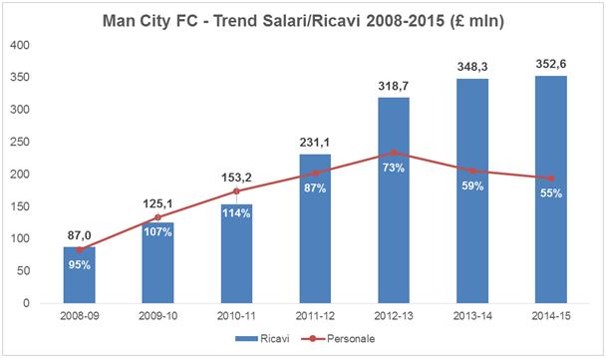
That was not enough for the Abu Dhabi ruling family. The Sheikh aimed to boost revenues, without registering losses or accumulating debts, and be successful in both the Premier League, and the UCL.

The Royal Family decided to appoint Ferran Soriano, who brought into the team the Catalan best practices approach .
Looking at Man City’s organizational chart, we can spot several former FC Barcelona managers and executives: Txiki Begiristain; Esteve Calzada, Omar Berrada, Francisco López, and Rodolfo Borrell, as International Technical Director, the man who nurtured La Masia young players like Messi and Fabregas.

Soriano applied his blueprint to trigger the virtuous cycle. Firstly, thanks to the high revenues (pushing Man City from the 19th to 6th place in the Deloitte Football Money League) he made a lot of cash available for Mancini and then Pellegrini without compromising the balance of wages and revenues.

- Broadcast: the team won another Premier League in 2013/14 and continuously participated to the UCL. These results combined with the appeal of the Premier League increased the broadcasting revenue of the club;
- Matchday: ticket prices were fixed in a quite affordable range focusing on generating value from ticket sale volume (every year Man City achieves 40,000 season tickets sold as well as full capacity also despite the expansion to 55,000 seats) and a high-end VIP hospitality;

- Commercial: trophies and stars generated appeal and interest (according to Brand Finance, today Man City is the 4th football brand in the world): City tours globally to play friendlies. Branding and commercial initiatives (e.g. crest restyling) are created to involve fans around the world, which are also engaged through digital and social media channels. The Citizens are also seriously committed to generate initiatives for the sky blue community, following Barcelona’s footsteps.
The Abu Dhabi ruling family made the difference for this stream: Abu Dhabi Tourism & Culture Authority not only spread the visibility in the Middle East but also funded the club (under the watchful gaze of the FFP). Moreover, it attracted high-profile business partners and sponsors, both internationally and regionally: two home-made jewels like the Etihad and the investment fund Aabar, as well as Nissan, Citi, SAP, LG, Heineken, EA Sports, and Nike (with whom Man City has concluded a £ 12 million a year deal, far from the £ 75 million a year deal sealed by Man United).

As evidence of the importance of recruitment also at corporate level, it is relevant to report the partnership with Hays, the leading HR consulting company (recruitment and selection). Backed by La Masia experience, Soriano also invested a lot in young players providing the City Football Academy with innovative facilities near the Etihad Stadium and of high-level coaches, who led the citizen Academy to be recognized as one of the best in the world. The goal is to consistently produce 4-5 young players able to play with Aguero and Co.

All these initiatives (revenue maximization through the expansion in emerging markets; the centrality of the brand and the increasing value; the training facilities as an asset; the same top-down philosophy and culture from first to the youth teams) have led the club to collect profits for the first time in 2014/15 (£ 10.7 million) and starting from 2012/13 to clear its debts.
These approaches wisely implemented attracted the attention of Chinese groups such as CITIC and China Media Capital which, in 2015, bought the minority share of City Football Group for the huge amount of £ 265 million (equal to 13% of the total shares, more than the total cost paid by Mansour for the 100%, valuing the club around £ 2 billion) (the current club’s enterprise value, according to Forbes is almost £ 1.3 billion, while € 1.62 billion according to KPMG).
This event gives us the possibility to analyze a new aspect that Soriano brought in his new assignment. He became not only the CEO of Manchester City but of the City Football Club, the holding company created to control the teams branded City around the world.

If the strong Catalan identity had led to an organic global fanbase growth, in this new environment the decision is to create “twin clubs” which share not only the philosophy of the English parent, but even the marketing area (City Football Marketing), a company providing services to the whole group (City Football services), and a worldwide network of scouts. We face the biggest company vision applied to football, aiming to create economies of scale.
As Soriano declares, the idea is to enter foreign markets with well-known local teams (since Manchester City did not have the same appeal compared with that of Barcelona in 2003) to overcome the entry barriers, both competitive and regulatory (e.g. salary cap in MLS or the impossibility to acquire the majority stake of a Japanese club), but above all to maximize the scouting network and the Academy: with a City-branded club on every continent, sky blue players can be potentially sent to play in a club depending on their specific skills.
In addition, over the years, every player can compete according to their current competitive level without ever leaving the sky blue network. We face the maximum exploitation of the “value chain” of players: two clear examples are Lampard and Villa.
The goal is to increase the value of all the City Football Group players to the top.
(please note that info are updated September 2016)


